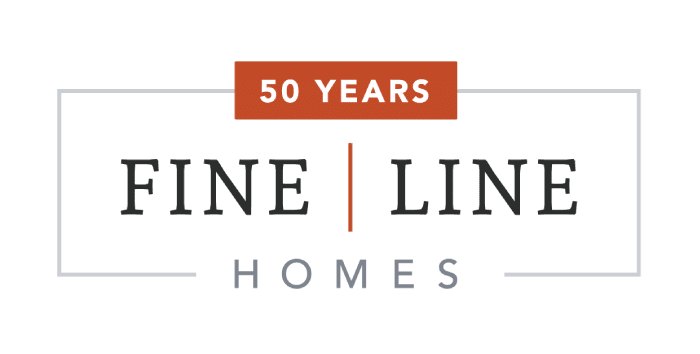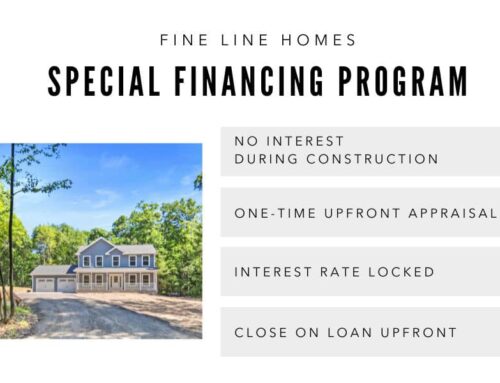By Dona DeZube, who has been writing about real estate for more than two decades. She lives in a suburban Baltimore Midcentury modest home on a 3-acre lot shared with possums, raccoons, foxes, a herd of deer, and her blue-tick hound.
Stuck in an ARM and wish you could refinance into a fixed-rate mortgage? Here are 4 circumstances that could derail your hopes, and how to get back on track.
An adjustable-rate mortgage saves you a ton when rates go down, but when rates rise, your payment can leap to unaffordable levels.
If you can’t live with the threat that interest rates (and your monthly mortgage payments) are going to rise, you might be able to swap your ARM for a fixed-rate mortgage.
However, finding a mortgage banker willing to refinance your ARM can be difficult because credit is tight and qualification rules are tough, says Lance Roberts of StreetTalk Advisors in Houston.
Here are 4 major obstacles that could block your plans to refinance, and how you can meet each of these challenges head-on:
1) Your credit has fallen since you got your mortgage.
If your credit score is in the mid-600s, go for an FHA loan, says mortgage banker Gus Altuzarra of Vertical Capital Markets Group. “FHA’s qualification standards are a little more liberal than Fannie Mae or Freddie Mac’s,” he says.
2) You’re underwater — owing more on your mortgage than your home is worth.
If you always pay your mortgage on time and Fannie Mae or Freddie Mac guaranteed your loan, try the Home Affordable Refinance Program (HARP), says Keith Gumbinger of mortgage research firm HSH.
If you don’t have a Fannie/Freddie loan, try these alternatives:
- FHA’s Short Refinance program can help, if your lender is willing to forgo collecting a portion of your existing mortgage.
- Rural homeowners may be able to refinance underwater USDA mortgages.
- Bring enough cash to the closing table to pay off some of your old mortgage. For example, if your home is worth $100,000 and you owe $115,000, bring $15,000 plus a new $3,500 down payment to closing and you’ll no longer owe more than your home is worth. That way, you’ll qualify more easily for a refinance.
- Convince your lender to take less than the full amount you owe on your current mortgage when you refinance. That’s called a “principal reduction.” If your banker agrees to a principal reduction, make sure you won’t ever have to repay the money.
3) You don’t have (or can’t prove you have) enough income to make the higher monthly payment for a fixed rate loan.
Typically, lenders want borrowers to spend no more than 43% of their income on household bills, including the mortgage. If it takes 37% to 41% of your income to pay the bills, you can still get a loan from FHA.
If you have a Fannie Mae or Freddie Mac-guaranteed loan, and your household income has fallen since you got your mortgage, (say your spouse lost his job but you still have your job) try the HARP program.
“It doesn’t look at how much income you have, only that there’s income in the household,” Gumbinger says. “As long as you can prove there’s income coming into the household and you’re making payments on time, you’re eligible for HARP.”
4) You don’t have enough cash to pay closing costs.
Closing costs, such as recording fees, appraisal fees, and title insurance, have to be paid. You can borrow your closing costs with a HARP mortgage, but that can raise your loan amount. Can you cut household expenses, make more money, or save enough money to pay your closing costs?
If you try to refinance and fail, know what the worst-case scenario might be. If your loan’s interest rate rises by, say, 3% per year, you’ll need to figure whether your budget can handle that increase.
If it can’t, call your lender several months before your payment is set to rise and explain that you’re not going to be able to make the higher payment. At that point, your lender might be more willing to talk refinance.
Visit HouseLogic.com for more articles like this. Reprinted from HouseLogic.com with permission of the NATIONAL ASSOCIATION OF REALTORS®.











